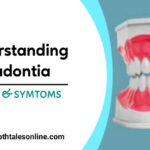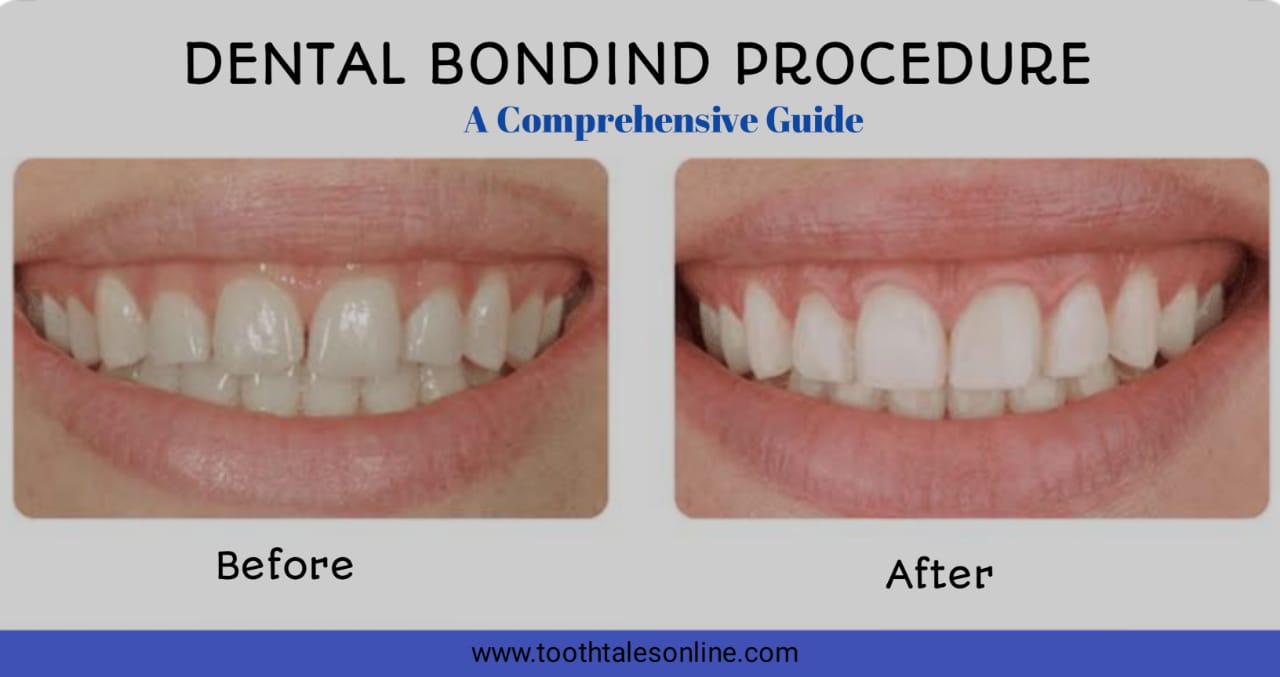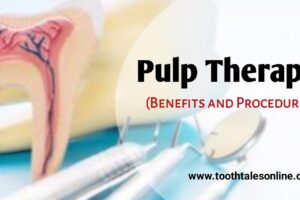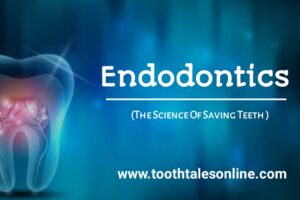Introduction:
Dental bonding is a popular cosmetic dentistry procedure designed to enhance the appearance of teeth, correct imperfections, and restore smiles. This non-invasive treatment is versatile and can address various dental issues, offering a quick and effective solution. In this comprehensive guide, we will delve into the details of the dental bonding procedure, its benefits, and what to expect during and after the treatment.
What is Dental Bonding?
Dental bonding involves the application of a tooth-colored resin material to the tooth’s surface, which is then sculpted, shaped, and polished to blend seamlessly with the surrounding teeth. This procedure is commonly used to fix chipped or cracked teeth, close gaps, reshape teeth, and cover stains, providing a natural and aesthetically pleasing result.
The Dental Bonding Procedure:
- Consultation:
Before the dental bonding procedure, a thorough consultation with your dentist is essential. During this session, the dentist will assess your oral health, discuss your expectations, and determine if dental bonding is the right solution for you.
- Preparation:
The dentist will prepare the tooth by roughening its surface and applying a conditioning liquid. This helps the bonding material adhere securely to the tooth.
- Bonding Application:
The tooth-colored resin, carefully chosen to match your natural tooth shade, is applied and molded onto the prepared tooth. The dentist then uses a special light to harden the resin, bonding it to the tooth’s surface.
- Sculpting and Shaping:
Once the bonding material is hardened, the dentist sculpts and shapes it to achieve the desired form. This step ensures a natural and harmonious appearance with the surrounding teeth.
- Polishing:
The final touch involves polishing the bonded tooth to a smooth finish, enhancing its luster and mimicking the translucency of natural teeth
Benefits of Dental bonding:
- Cosmetic Enhancement: Dental bonding enhances the overall aesthetics of your smile, addressing various imperfections.
- Non-Invasive: Unlike some dental procedures, bonding is minimally invasive, preserving the natural structure of the tooth.
- Quick and Painless: The procedure is typically completed in one visit, providing immediate results without significant discomfort.
- Versatility: Dental bonding can correct a wide range of dental issues, making it a versatile and effective treatment option.
Aftercare and Maintenance:
Maintaining good oral hygiene practices, regular dental check-ups, and avoiding habits like biting on hard objects can help prolong the longevity of dental bonding.
Conclusion:
Dental bonding is a reliable and aesthetic solution for correcting various dental imperfections. By understanding the procedure, its benefits, and proper aftercare, you can achieve a radiant smile and improved confidence.






















Add Comment